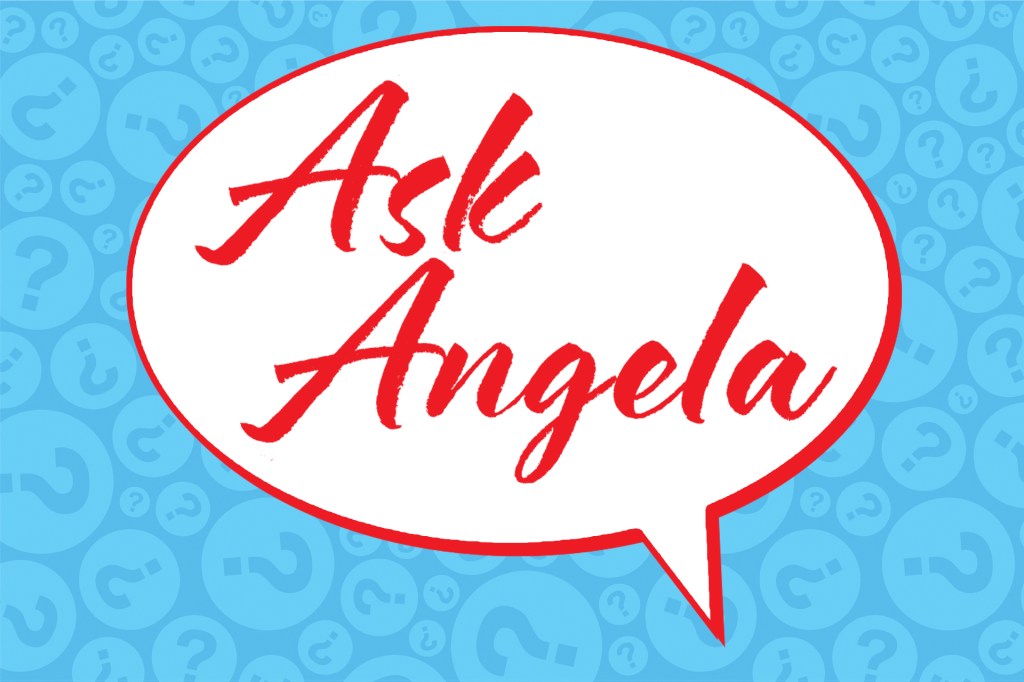Cosmic Critters
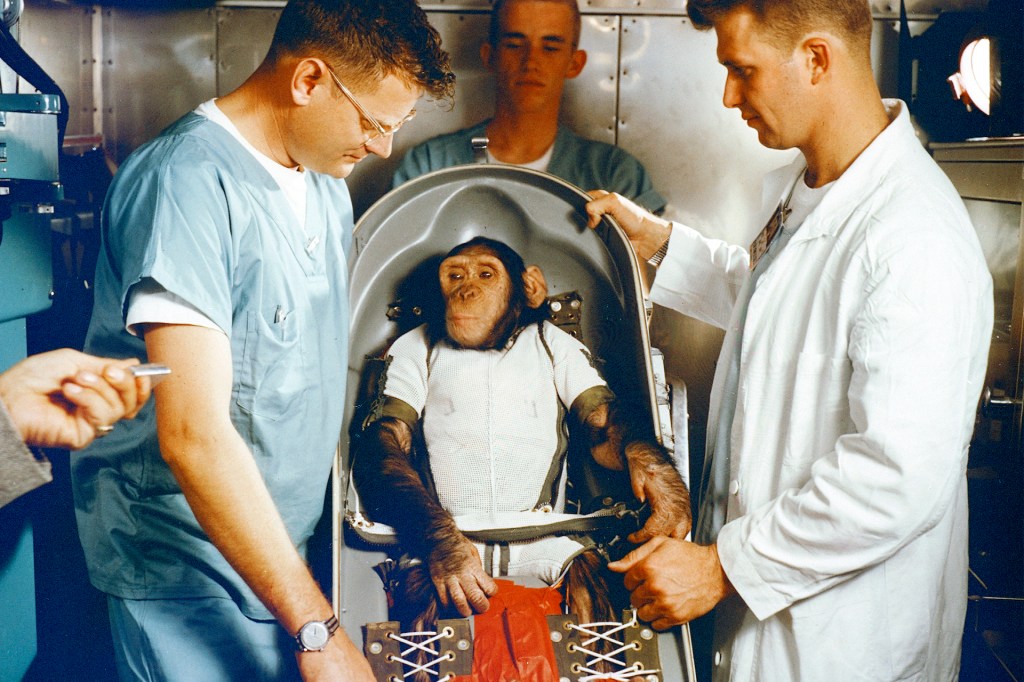
Animals have long been on the front lines of scientific discovery. Time and again, they have been given the lead in exploring new frontiers. But they didn’t volunteer for their missions. That doesn’t lessen their contribution to scientific knowledge. It makes it bigger.
The same is true of the first animals that were sent to space. Sixty years ago, humans had visions of traveling into outer space. But could anyone, or anything, survive such a journey?
A dog named Laika was the first to provide answers. She was an 11-pound, part-terrier mongrel. On November 3, 1957, the Soviet Union (now called Russia) launched her into orbit. Her ship was called Sputnik 2.
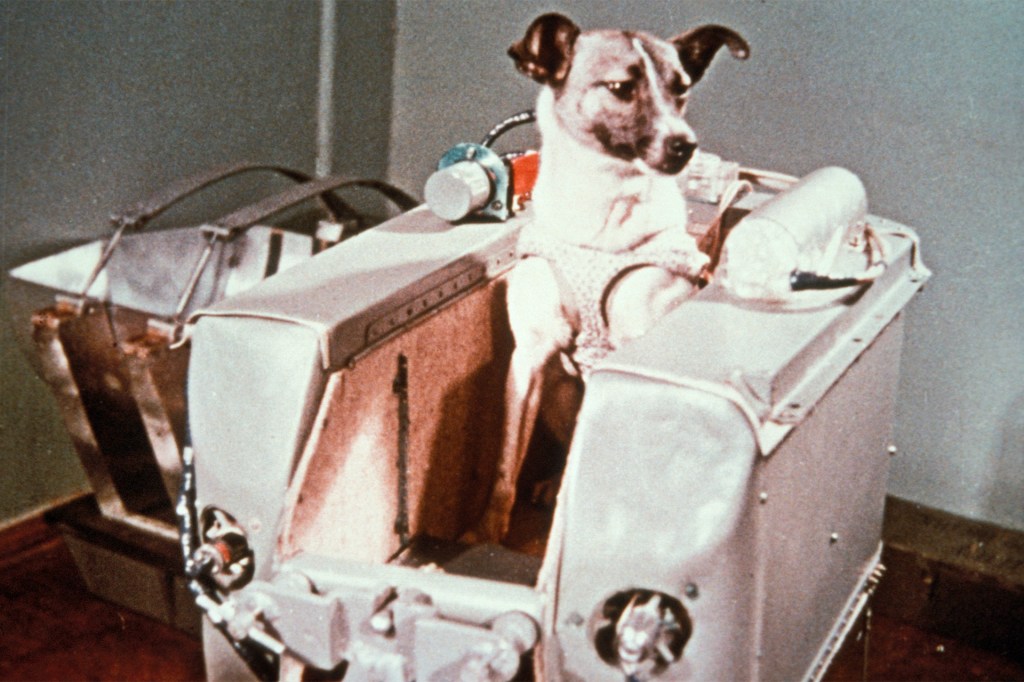
SPACE DOG Laika, a stray, is chosen for space travel because of her aggressive nature and determined spirit.
SOVFOTO/UIG/GETTY IMAGESSpace Dog
The Soviets had shocked the world with the launch of Sputnik 1. It was the first human-made satellite
satellite
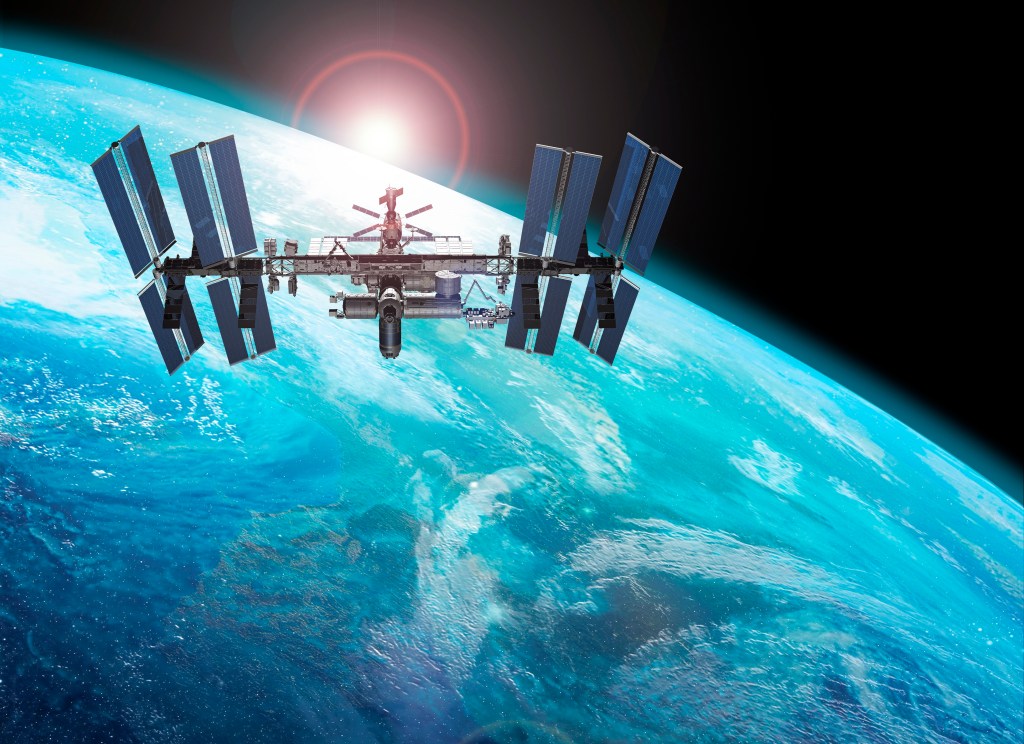 CARLOS CLARIVAN—SCIENCE PHOTO LIBRARY/GETTY IMAGES
an object that orbits, or circles, another object
(noun)
The satellite took pictures of Earth.
to orbit Earth. This achievement
achievement
CARLOS CLARIVAN—SCIENCE PHOTO LIBRARY/GETTY IMAGES
an object that orbits, or circles, another object
(noun)
The satellite took pictures of Earth.
to orbit Earth. This achievement
achievement
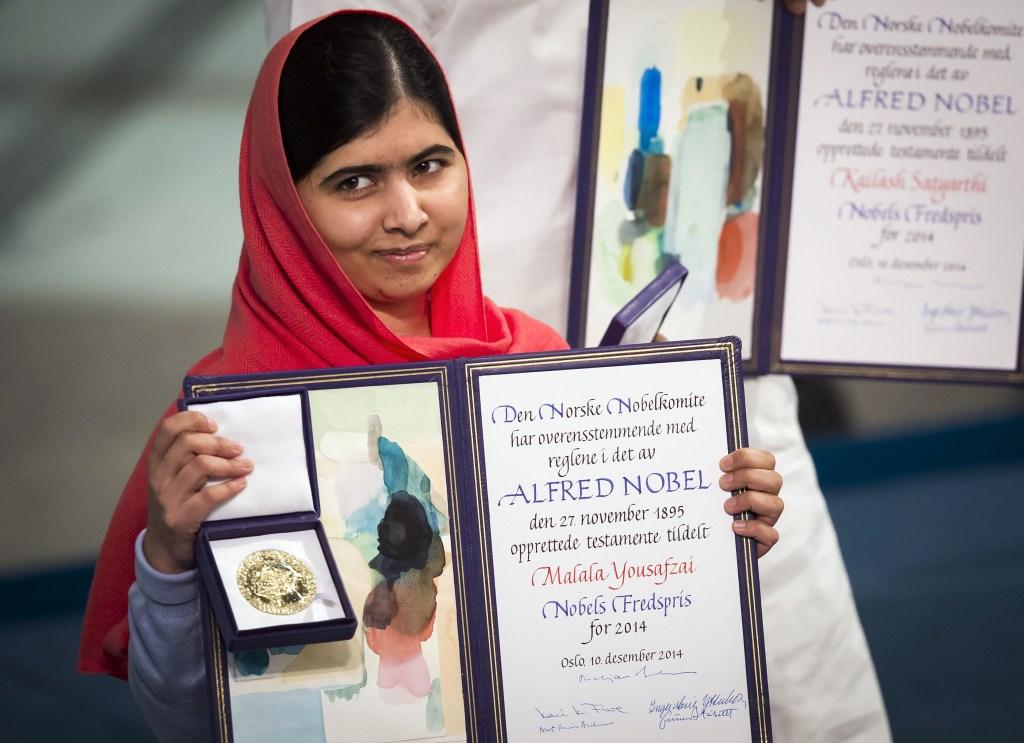 ODD ANDERSEN—AFP/GETTY IMAGES
something that has been accomplished with hard work
(noun)
Winning the Nobel Prize was her greatest achievement.
started a space race between the United States and the Soviet Union. But everyone loved Laika. Especially the American press. They nicknamed her Muttnik.
ODD ANDERSEN—AFP/GETTY IMAGES
something that has been accomplished with hard work
(noun)
Winning the Nobel Prize was her greatest achievement.
started a space race between the United States and the Soviet Union. But everyone loved Laika. Especially the American press. They nicknamed her Muttnik.
The world worried about Laika, too. Many wondered if she would survive her journey. She didn’t. In fact, she was never supposed to. There was only enough food and water on Sputnik 2 to last Laika for seven days. As it turned out, she barely survived for six hours. Her cabin overheated. She died during her fourth orbit. Sputnik 2 went on to orbit Earth 2,566 more times. When it reentered the atmosphere
atmosphere
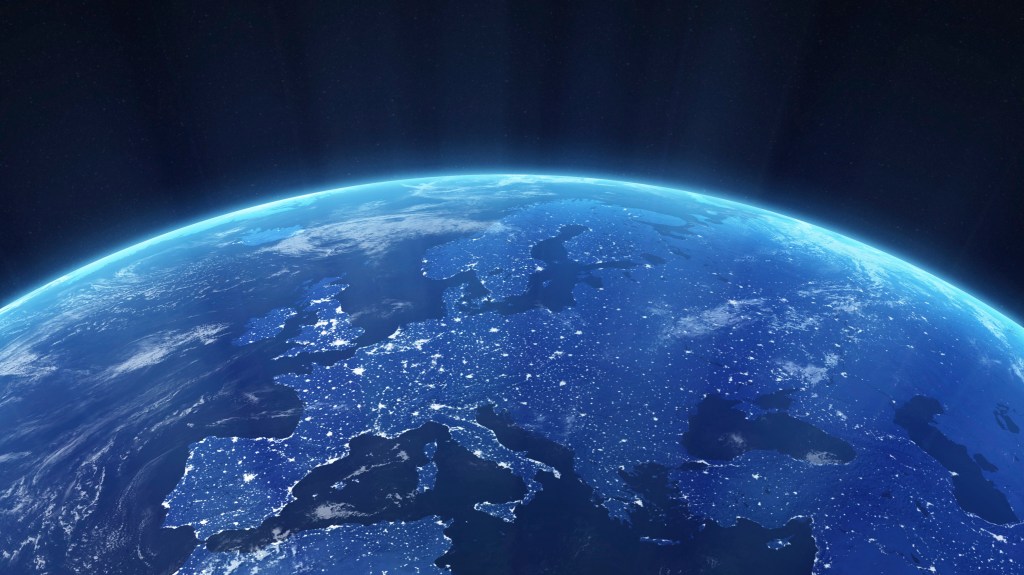 ANDRZEJ WOJCICKI—SCIENCE PHOTO LIBRARY/GETTY IMAGES
all the air that is around Earth
(noun)
Earth's gravity keeps the atmosphere around our planet.
, it was burned to bits by the heat of reentry.
ANDRZEJ WOJCICKI—SCIENCE PHOTO LIBRARY/GETTY IMAGES
all the air that is around Earth
(noun)
Earth's gravity keeps the atmosphere around our planet.
, it was burned to bits by the heat of reentry.
More animals would follow Laika into orbit. Many would survive. So would the first human being in space, Soviet cosmonaut Yuri Gagarin. He was sent into orbit in April of 1961.
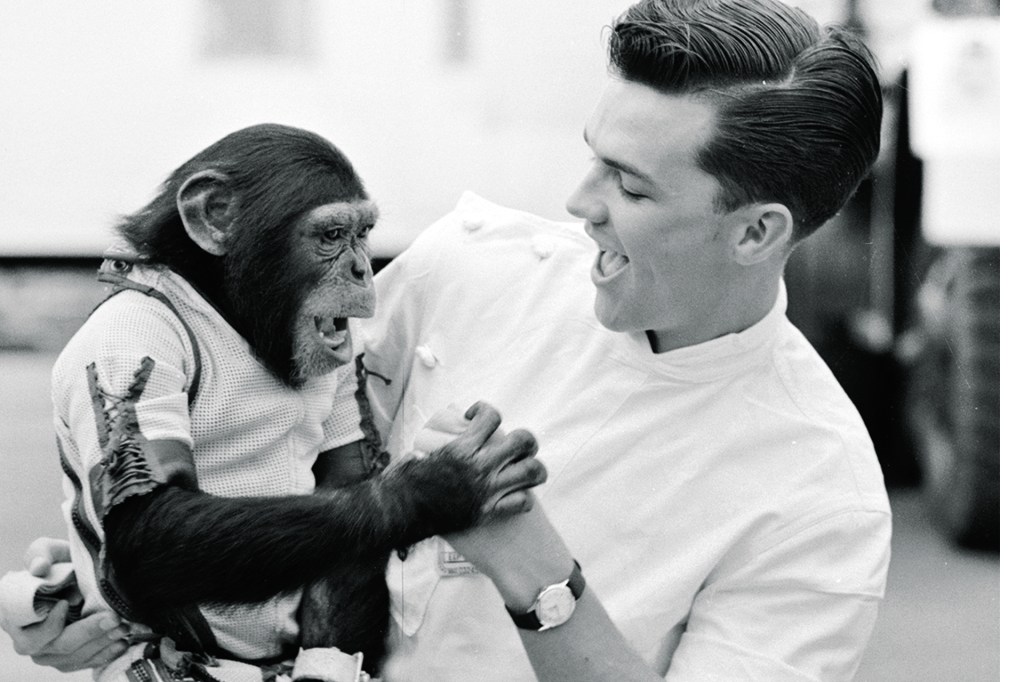
PRIMATE PALS After his Mercury space flight, the chimp named "Ham" plays with a handler, Cape Canaveral, Florida, February 1961.
RALPHY MORSE/THE LIFE PICTURE COLLECTION/GETTY IMAGESHappy Returns
Many critters survived a trip to the cosmos. In August 1960, the dogs Belka and Strelka spent nearly a day in space. Forty mice and two rats went with them. All made it home alive.
In the U.S., the pioneer was a chimpanzee named Ham. He took the first giant leap for mankind. Ham rocketed into space on January 31, 1961. His flight took just 16 minutes. It was a test to see if an animal could survive a journey in the tiny Mercury spacecraft. Ham took the same trip astronauts Alan Shepard and Gus Grissom would later take.
Animals made it possible for humans to satisfy
satisfy
 KIDSTOCK/GETTY IMAGES
to make someone happy
(verb)
Alicia made a cake to satisfy her sweet tooth.
their dreams of space exploration. They were the first to make the journey away from Earth. We owe these pioneers our thanks.
KIDSTOCK/GETTY IMAGES
to make someone happy
(verb)
Alicia made a cake to satisfy her sweet tooth.
their dreams of space exploration. They were the first to make the journey away from Earth. We owe these pioneers our thanks.
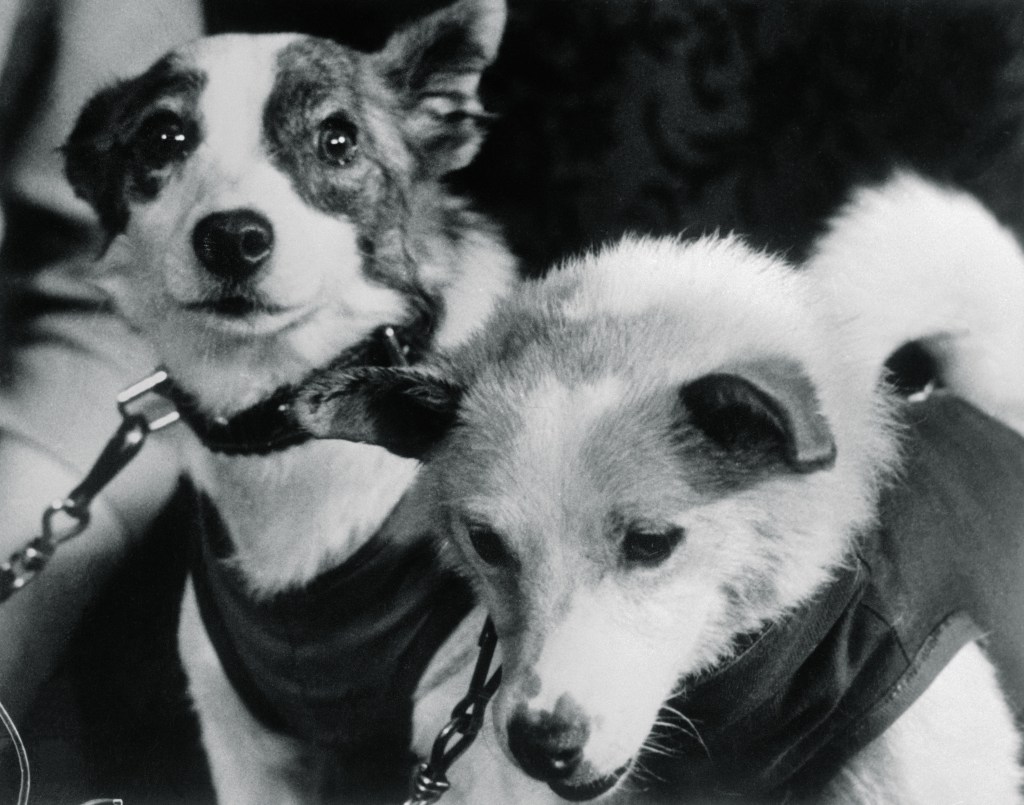
DYNAMIC DUO Canine cosmonauts Belka and Strelka became heroes in the Soviet Union.
BETTMAN ARCHIVE/GETTY IMAGESSafe Landing
Upon returning from space, many animal astronauts went on to live happy and healthy lives.
Strelka became a grandmother. One of her puppies was named Pushinka. She was given as a gift to U.S. president John F. Kennedy. Pushinka eventually gave birth to a litter of her own. President Kennedy called Strelka’s grandchildren“pupniks.”
Chimpanzee Ham went back to business as usual. After returning safely to Earth, he shook hands and played happily with lab workers. Ham would live a long life, firmly planted on Earth. He died on January 19, 1983, at the age of 26.







